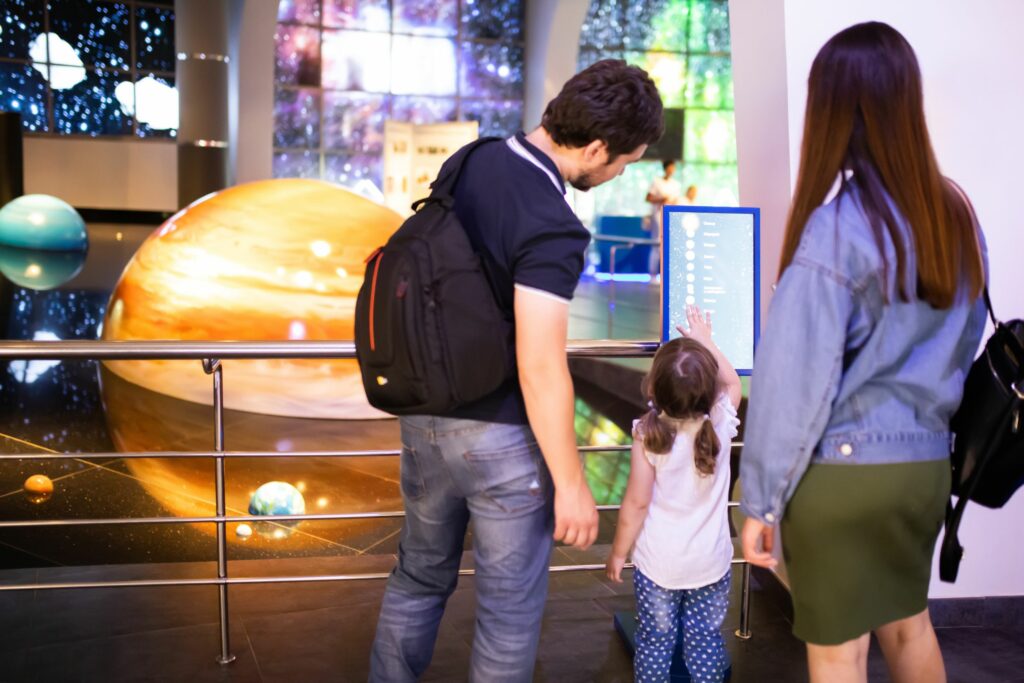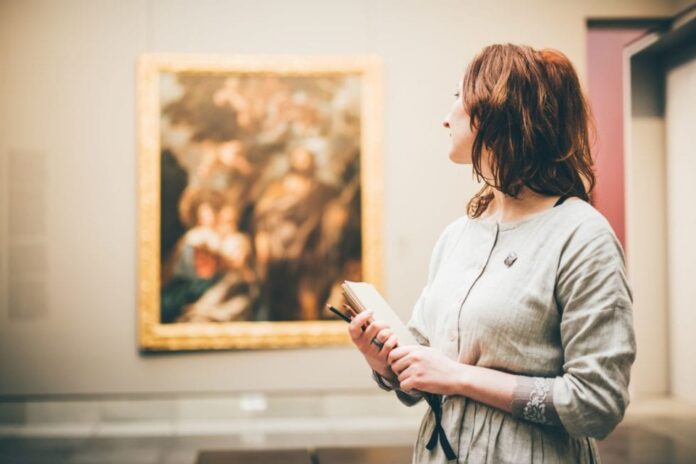By: Macala Wright
Publisher: IGES Blog
Date: August 18th 2020
Museum revenues were already declining before the pandemic, but COVID-19 has ushered in a new era of planning for cultural organizations and nonprofits. With limited federal funds available for cultural organizations, future revenue growth lies in growing income through digital channels, offering unique programming, and creating new experiences for patrons.
From national parks to cruise lines to zoos and aquariums to national parks, COVID-19 has become a catalyst for rapid change for any business that heavily relies on public attendance to bring in revenue. Museums are no different. Like many of their cultural counterparts, museums have gone full force in adopting technology as a way to stay connected to those that once came through their doors. And now changes in consumer behavior are leading museums to figure out how to generate revenue that disappeared overnight.
Museums Use Social Media and Live Streams to Keep Connected
In response to pandemic closures, 75% of museums across the U.S started providing virtual educational programs, experiences, and providing online education for students, parents, and teachers. The use of live streams and virtual tours has become one of the most popular ways for museums to engage audiences online during closures. According to Brendan Ciecko, the founder of Cuseum, a digital agency for museums, zoos and aquariums:
Live streams allow museums to showcase content online in real-time and enables institutions to share on-site events with a larger audience. With the ability to present remote viewers with a taste of what an institution has to offer, museums can reach a larger audience and entice potential visitors. Social media platforms like Facebook and Instagram have even begun offering live stream features that allow users to stream content directly to their followers.
Sharing video content on social media platforms like Facebook provides the ability to comment and respond to content in real-time. Ciecko also says that live streams and tours don’t have to be overly complicated. For example, the Field Museum in Chicago has set a costumed dinosaur, SUE, loose to explore the museum and broadcasted it on social media.
The Broad in Los Angeles live-streamed its famous Infinity Room on Facebook and Instagram, giving the public an opportunity to skip the line and experience it for longer than they could on-site.
When the National Cowboy Museum closed, they handed their Twitter account over to their Head of Security, Tim, so that he could share the collections of the museums. By doing this, they attracted new followers and received thousands of likes and reshared per post. The account now boasts over 300,000 followers due in part to Tim’s efforts.
While social media is a low barrier way to engage audiences, museums are also developing more polished and long-term solutions for maintaining virtual events and online education. For example, Google Arts and Culture offers more than 2,500 free virtual tours of cultural organizations around the world. They have a standing invitation for cultural organizations to partner with them.
Museums Embrace Positivity on Social Media to Combat Anxiety
What’s really refreshing is the approach to social media content that museums have taken. Most organizations have chosen to focus on the creation of positive and educational social media content. From being humorous to approachable, to inspirational and positive, museums across the U.S. are creating content that is designed to make viewers smile.
Much of the this content has been mobilized the use of two new hashtags, #MuseumFromHome and #MuseumMomentofZen on Twitter and Instagram. #MuseumFromHome is used to share collections, video gallery tours, and other educational and entertaining content. #MuseumMomentofZen features content that aims to help social audiences find peace and calm in the midst of the high levels of negativity present on social media.
Pandemic Shifts are Leading Museums to Rethink Revenue Streams
While many museums have pivoted and found ways to leverage digital channels throughout COVID-19, the changes driven by the pandemic seemed to further amplify an issue already present for cultural organization before they were forced to close –– and that was how to bring in revenue.
From March until now, the American Alliance of Museum (AAM) published a study that showed many correlations between digital channels, business adoption and financial viability. According to the AAM study, 75% of museums had pivoted their digital strategy during the pandemic, but at the same time, 64% said that they would not be able to continue in-person or online education, programming or other public services due to significant budget cuts.

The same report also showed that 16% of museums say that they are worried about staying open, and have less than 12 months of operational expenses in the bank. Another 16% of museums surveyed said that they won’t survive the pandemic and will be forced to close. For those that may weather this storm, technology, digital channels and a radical shift in the uses of their physical spaces are three things that play a critical role in how they stay financially solvent.
As I mentioned above, many museums had already been rethinking their revenue strategies as declining attendance and membership revenue have been a challenge in the last decade. “There’s a large public perception that museums rely on government support, when the reality is they get only a quarter of their funding from the government,” says AAM President and CEO Laura Lott. Lott went on to share that ticket and gift shop sales, school trips and museum events are primary sources of funding, she says, “most of which went to zero overnight when they were all shuttered.”
As a museum, one of the first steps could be to assess your programs, events and offerings in order to figure out what activities are generating revenue and/or most successful in contributing to revenue. It’s going to be a critical step in determining what’s worth their investment of time and their organization’s money.
According to the Association of Art Museum Directors, as of 2018, 59% of museums in the United States charge admission, 34% are free, and 7% suggest a donation amount. Over the last few years, these percentages have remained fairly consistent.
It may be time to look at how your organization can make more money. Retooling membership options, admission costs, and rethinking your retail may help bring in lost revenue. Sit with your team and ask yourselves:
- After we safely reopen our doors, can we offer new events that will bring a more diverse group of people to our space?
- Can we rework events and programs we already have to be more interesting?
- Could we work with other like-minded businesses or individuals in our local area to curate or create more community-focused events that are easy to produce?
- How could your building serve as a place for others to participate in events that teach them new things like cooking, learning about wine, learning about new trends with art, experiencing nature, or even help them become healthier?
- Are there new ways we can use retail to help increase our earned income?
- Could your organization develop an “Ambassador” program at local schools where student ambassadors get certain perks in exchange for working on something with you?
This may not seem like something that’s viable, but if your organization can develop ways to serve the local community in addition to what it already provides, it may be able to attract wider, more diverse audiences. And your new in-person or online programming can bring in new earned income.
Source: https://iges.us/blog/how-covid-19-will-change-how-museums-make-money/
Comment: This article clearly illustrates the changes the Covid-19 pandemic caused to the museum industry due to the lack of in person attendees. Unexpectedly to me, most museums do not survive off of primarily government contracts, or subsidies, but instead make a great deal of their profits from in person visitors via gift shops, school programs, and museum events. Lack or mitigation of in person visitation has made profiting off these qualities hard. Museums have adapted by taking to social media. On social media, museums are able to post photos of displays for people to enjoy no matter where they are. I think this is a rather clever approach to the problem and shows how it is capable of being solved using digital means. It might be interesting to even explore how virtual tours of a facility could be possible as a way to see the museum without actually being there. Particularly if there was a way for children on a school trip to still interact with each other while on a virtual tour. This would maintain the sort of social immersion that comes with being in the same space as others while also maintaining safe distancing.




